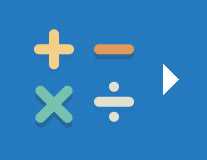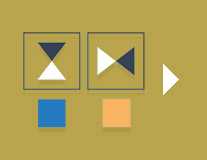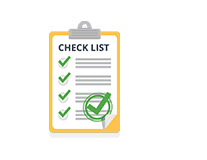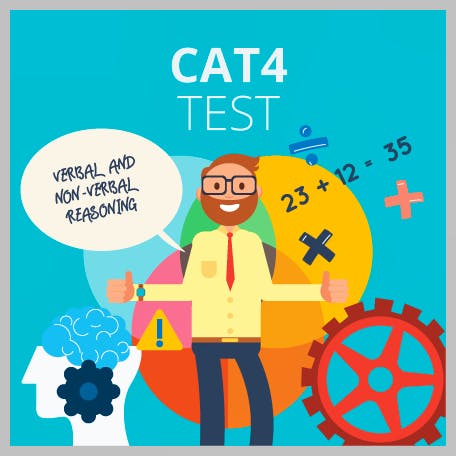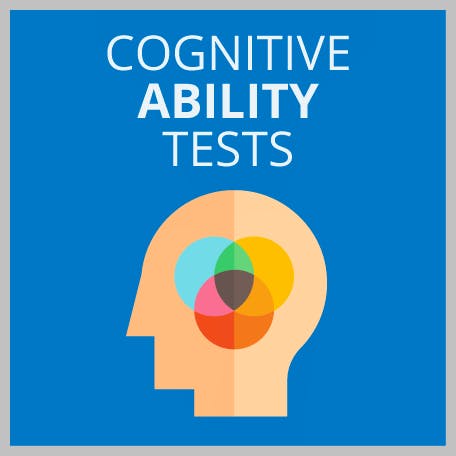Spatial Awareness Tests: Example Questions & Answers (2025)
Updated November 3, 2024
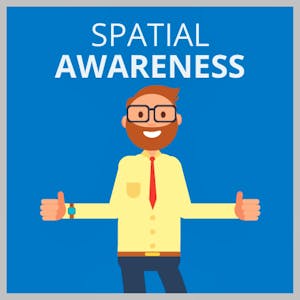

Spacial Reasoning Definition
A spatial awareness test is a type of assessment that tests your ability to think in three dimensions and use your imagination to see movement through space.
Someone with good spatial awareness will be able to see in their mind how different shapes interact and be able to manipulate them to make a reasoned and logical decision.
The test is based on pictures, diagrams and shapes. You will need to mentally manipulate the presented image by disassembling or reassembling, rotating, seeing it in a mirror image or from different angles, or otherwise visualizing it differently to find the right answer to the question from the multiple-choice options provided.
Spatial awareness is something that we use to a greater or lesser degree every day, from understanding our position relative to other things around us to imagining the route we will take to get from one place to another.
Spatial reasoning tests are distinct from other similar assessments such as diagrammatic reasoning tests and abstract reasoning tests. It is important to understand how they differ as they are often included in aptitude tests and cognitive assessments alongside spatial reasoning tests.
- Diagrammatic Reasoning – Assess an individual's ability to analyze and understand complex diagrams, charts, and visual representations of information. These tests typically involve identifying patterns, making logical deductions, and solving problems based on the given diagrams.
- Abstract Reasoning – Evaluate an individual's ability to identify underlying patterns, make logical connections, and solve problems using abstract concepts. These tests often involve sequences of shapes, symbols, or patterns and require individuals to discern the relationships or rules governing these sequences.
- Inductive Reasoning – Assess an individual's ability to recognize patterns and make generalizations based on specific examples or observations. These tests typically present a series of patterns, sequences, or relationships and require individuals to identify the underlying rules or principles governing them.
- Deductive Reasoning – Deductive reasoning tests evaluate an individual's ability to apply general principles or rules to specific situations and draw conclusions. These tests often present a set of premises or statements and require individuals to use deductive logic to determine the correct conclusion based on the given information.
When Are Spatial Awareness Tests Used?
Spatial awareness tests are commonly used early in the recruitment process for many different roles where visualization is needed to make rational and logical decisions based on movement and space.
This can include STEM roles, such as engineering or science, as well as design roles such as an architect. Spatial awareness assessments are often used in the recruitment process for emergency service roles, such as police officers, fire crew and dispatch operators.
In many cases, the spatial awareness test is delivered via an email link for the candidate to take online at home. Still, you may be asked to complete it at a specialized test center or as part of an assessment day, depending on the role.
It is likely you will be asked to take other psychometric tests at the same time, these might include numerical reasoning tests, verbal reasoning tests, situational judgment tests and personality tests.
Structure of Spatial Reasoning Tests
Different publishers of spatial awareness tests may have slightly different formats for their assessments, but in general, they tend to follow a similar structure.
Each question will provide an image of a shape or a diagram. You will need to mentally manipulate the diagram in the specified way as described in the question to find out which of the multiple-choice options provided is correct.
The most commonly used manipulations that you will have to make include:
- Shape matching
- Assemble 2D shapes
- Disassemble 2D shapes
- Transform a 2D net into a 3D object
- Rotating shapes
- Reflection
- Which shadow matches the shape
- Joining shapes together
- Block counting in an irregular 3D shape
- Plot a safe route from one point to another on a map
As with other pre-employment aptitude assessments, there is no previous experience or knowledge needed to answer the spatial reasoning questions – all the information you need to make the correct decision is provided.
You will need to be able to demonstrate that you have the right level of spatial awareness to be able to make reasoned decisions based on that information to be successful in the test. If you cannot reach the required benchmark score, then your application will not be taken further.
You can expect the type of questions in the assessment to be relevant to the role that you have applied for; if you are looking at a police dispatcher role, for example, there will be many map-reading questions.
Spatial Reasoning Practice Test Questions & Answers
Below you will find some example spatial reasoning test questions and answers to help you prepare for a spatial perception test. In addition to these spatial questions, you can find additional paid-for and free spatial reasoning test questions online to help you prepare.
Which of the four possible options represents the cube in its folded form?
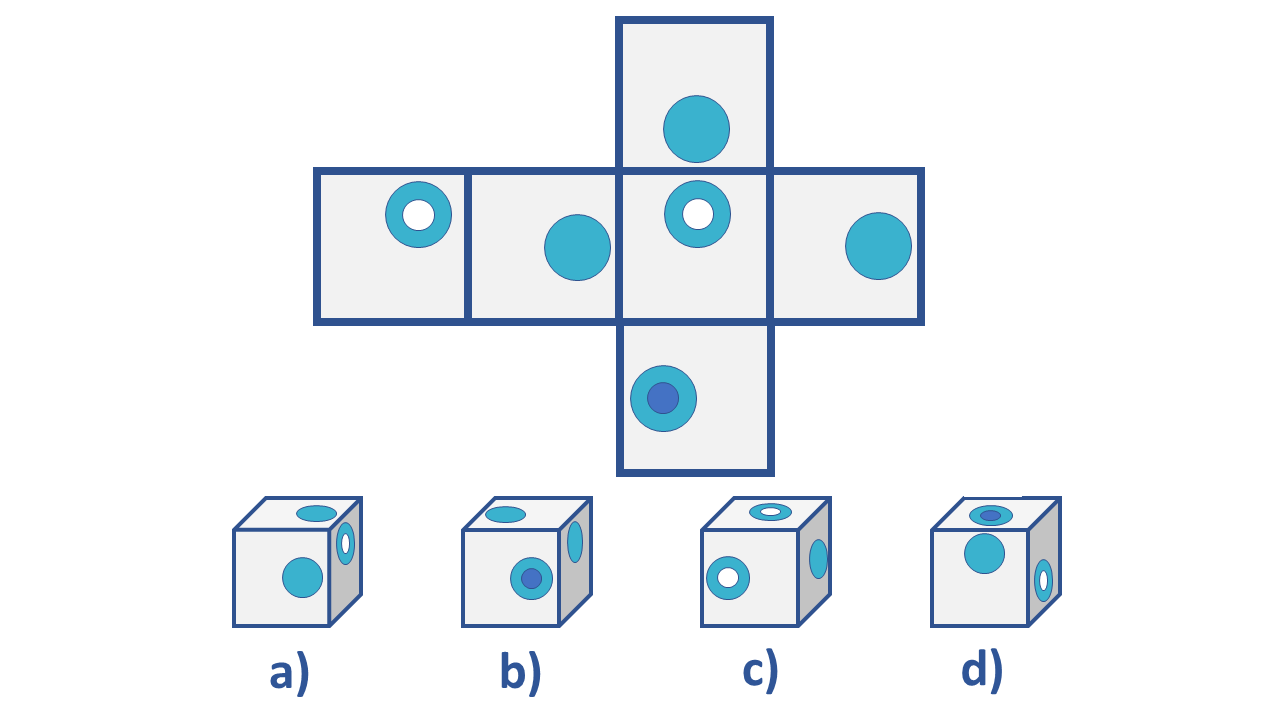
Out of the following five images, select the one depicting the same object as shown below:
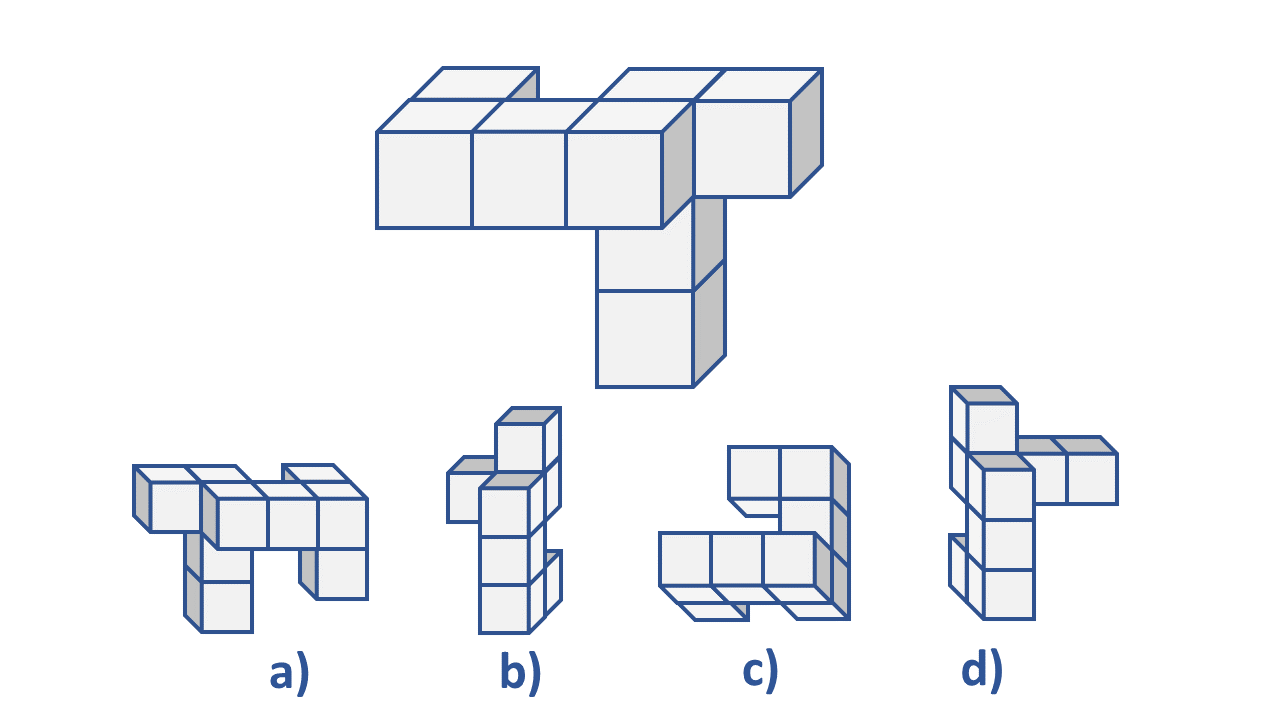
When all shapes on top are connected in the corresponding edges (z to z, y to y, etc.), the complete shape looks like what shape?
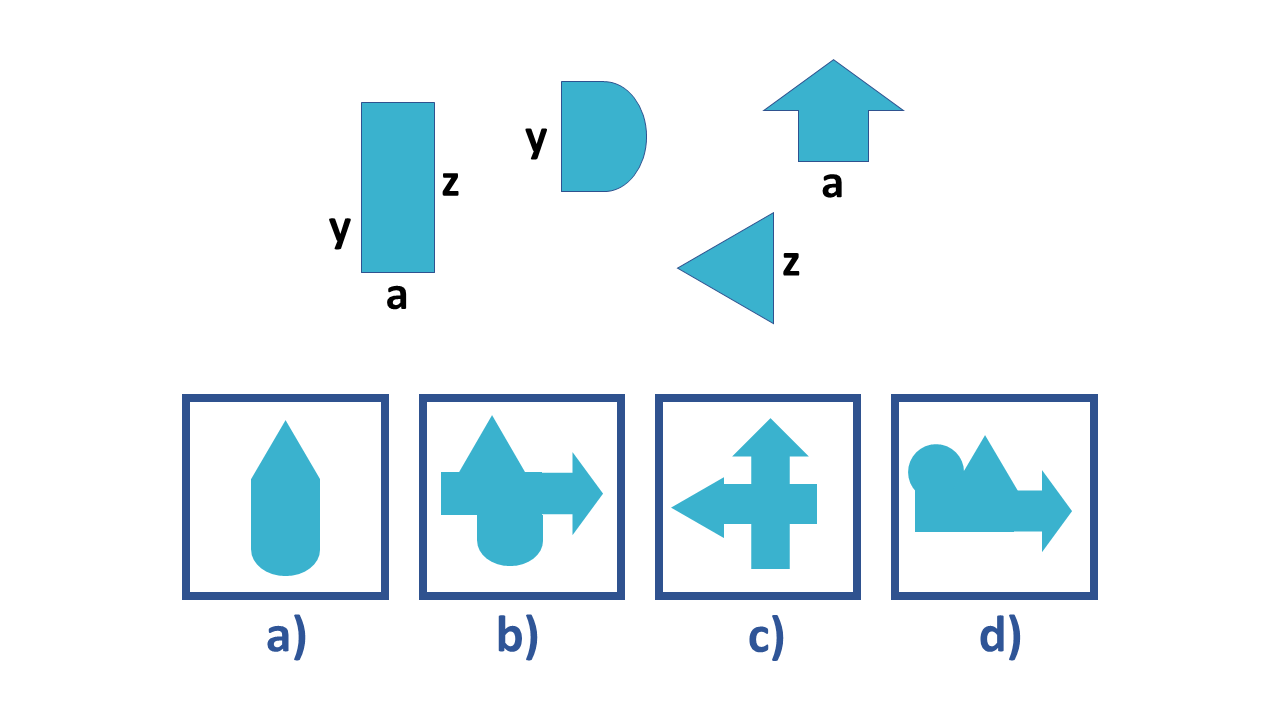
If you need to prepare for a number of different employment tests and want to outsmart the competition, choose a Premium Membership from JobTestPrep.
You will get access to three PrepPacks of your choice, from a database that covers all the major test providers and employers and tailored profession packs.
How to Prepare for a Spatial Awareness Test
Step 1. Take a Spatial Reasoning Practice Test
There is nothing more effective for getting you better results in pre-employment assessments than practice, and spatial awareness tests are no different.
With effective spatial test practice using resources like JobTestPrep, you will get valuable exposure to both the typical structure and typical content of the spatial awareness test.
Practice questions will help you get familiar with how the test is laid out, how you need to answer the questions and what the questions will actually look like.
Practice tests are a great way to start your preparation, as they can also highlight any areas that you might need to improve on for a more consistent performance.
Step 2. Get Used to Spatial Aptitude Test Timings
Most spatial awareness tests are timed, so when you are practicing using full-length tests be sure to mimic the test experience fully with a timer. The added pressure of a time limit increases the difficulty of the test, so you want to be sure that you can answer the questions effectively as well as quickly.
Step 3. Wellbeing
You will not be able to perform at your best unless you are comfortable, whether that is in a test center or when taking the test at home.
First, make sure that you are well rested. It is a scientific fact that cognitive function is negatively affected by lack of sleep, so aim for six to eight hours a night if you want peak performance. If you can choose when you take the test, select a time when you are most awake and active – for some people that might be early in the morning, while others work better later in the afternoon.
You also need to make sure that you aren’t distracted by feeling hungry or thirsty. Eat balanced meals, especially in the run-up to testing, and drink plenty of water too so that you are fuelling your brain in the best possible way.
Step 4. Check Equipment
Your test experience will be harder if you are battling technical issues, so if you are taking the test at home make sure that everything is working as it should be before you get started.
You will usually need to do the assessment on a PC or a laptop with up-to-date browsers; this is important as you may need to be able to see smaller details to make the right choice which would be difficult on a smaller screen, and some tests are not optimized for use on a smartphone.
These tests also rely on a good internet connection, so whether it is wired or Wi-Fi make sure that you are reliably connected to the router and the internet so that you aren’t penalised.
Step 5. Revise for Your Spatial Aptitude Test
With your practice test completed at the beginning of your preparation process, you will have a good idea of the type of questions that you will face in the real thing.
From the results of the test, you will also have a good idea of which concepts you might find a bit more challenging or those that you might need to revisit in terms of revision – they’ll be the questions you got wrong.
You can revise these by using further tests, looking at worked examples and just generally working on your visualization techniques – picturing different shapes moving through space, orienting yourself and plotting routes using maps and even doing something fun like making origami will help.
Step 6. Read the Information and the Questions
In the assessment, even though you are under pressure, you need to take the time to read all the available information thoroughly, including each question.
If you rush through the assessment, you might miss something vital and end up answering the question completely incorrectly – losing out on valuable marks and risking your overall score (and the opportunity to get the job).
If you are not confident in your spatial reasoning skills and your awareness and visualization, you can find the spatial awareness test hard to pass.
However, you can improve your performance through consistent spatial test practice and revision, using resources like JobTestPrep to help.
You can prepare for your spatial awareness test at JobTestPrep, which is an excellent all-inclusive resource that includes detailed guides for the tests, example questions with solutions and explanations, tips and tricks for success and full-length practice tests.
If you know the publisher of the test that you are going to take, there may be preparation materials available on its website too.
Spatial awareness tests tend to be timed, and they usually have a short amount of time available to complete the test – which means that you need to work quickly and accurately to get the questions answered in the short time that you have available.
To pass a spatial awareness test, you need to be able to visualize and mentally manipulate both 2D and 3D shapes and images to make a reasoned decision.
The questions in the test might ask you to rotate or reflect an image, or they might be looking for the three-dimensional objects that correspond to the drawing of a 2D net.
Some are about map reading, while others are about changing a shape, assembling it, or rearranging it. Practice makes perfect, and resources like JobTestPrep are invaluable if you want to get the best score.
Spatial tests are used to evaluate candidates for roles that require a certain amount of visualization.
These can include engineering roles or jobs like an architect or a designer.
They are also used to evaluate a candidate for emergency services roles, where planning safe routes and understanding the relative position of people and objects is necessary.
If you do not pass the spatial awareness test that is part of the recruitment process for the role you have applied for, your application will be terminated and you will not normally get a chance to retake the test.
However, you might be able to reapply for the role at a later date and would usually have to retake the spatial relations test then, but it depends on what the recruitment team says – so the recruiters are best placed to answer that question.
You can get some excellent resources at JobTestPrep, including example questions for the spatial reasoning tests.
These spatial question examples come with solutions and detailed explanations so that you can take your understanding of spatial visualization and apply it to other questions when you are taking the test yourself.
There are plenty of other helpful resources for the spatial awareness test there too.
The number of questions that you will face on the spatial awareness test will depend on the publisher of the test; usually, there are fewer than 20 spatial test questions, but there will be a tight time limit so you will not have too long to formulate an answer.
The spatial awareness test might be a roadblock to you getting a particular job, but cheating on the test is not a good idea.
Not only will you forfeit the role anyway if you are found out (and test publishers have ways of checking), but you may also find yourself in a role that you are not suitable for because you cheated.
In addition to this, spatial awareness tests are not particularly easy to cheat on anyway – instead, focus on good preparation and practice to get the score that you need.
The recruitment team will let you know how you will get your results for the spatial awareness test, and when you can expect them.
Some recruiters will provide you with the details of the test results in a report, while others will just let you know whether you passed or failed.
Final Thoughts
Spatial awareness might be something that we use on a daily basis to understand where we are in relation to other things, and some people might be naturally good at visualization – but the test remains a challenge because we are often using this skill subconsciously.
As the test is so often used in more hands-on roles, you need to practice and prepare effectively to be selected to move forward in the recruitment process.
Therefore, the more you know and understand about the test, the more likely it is that you will pass. Making use of both paid-for and free spatial awareness test questions will help you to prepare so you feel more confident on the day of the test.



